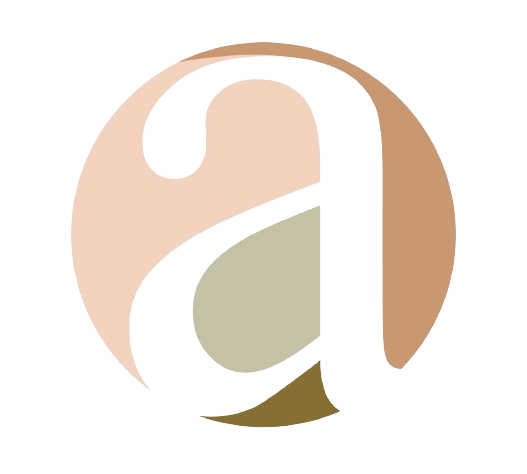Basic SEO Tips For Beginners
SEO stands for Search Engine Optimization. Optimization for search engines can improve the visibility of your webpage in search engine result pages (SERPs). If you can rank higher on SERPs you can drive more traffic to your website.
Google often updates its algorithms, in order to make sure that only good SEO practices are being used by website owners. With proper technique, you can help your pages to rank higher and help people to find relevant information with ease.
Good SEO should serve you, the website owner, but also the user who is your potential visitor, follower, customer, or brand advocate.
Make Your Website’s Structure Clear
The way you organize your site’s structure and the site navigation is essential for both SEO and your visitors. Search engines will use your link structure to find and index your pages. If you have built your site well, all your pages can be easily found and indexed by search engine crawlers.
Well designed navigation also works for site visitors, as it helps them to find what they came to your site for. The information they want should be available to a user within three clicks. If you need help sorting out your site navigation, hire a professional company like https://rsmconnect.com/outsource-seo-services/.
Include One Primary Keyword In A Page URL
You could optimize the pages on your website for a mix of different keywords. For each page, try to choose just one main keyword or longtail keyphrase so you can make the best use of it. Include the keyword in the page’s URL.
Use Hyphens Instead of Underscores In URLs
Using hyphens in a URL means that Google will read the separate words a single word. This would mean that the URL ‘best_social_media_tips’ would be read by Google as ‘bestsocialmediatips’, which is hard for people to read. Use hyphens instead, so Google reads your URL as it should be read.
Use A Static Url Address Instead Of A Dynamic One
There are two kinds of web address: static and dynamic. A static URL looks like this:
your-domain-name.com/category/your-subject.
A dynamic URL looks like this:
your-domain-name.com/category/?p=028705
A search engine can understand both of these URLs easily, but a dynamic URL means nothing to a human reader.
If your bog is hosted on WordPress, your default URL address of a new post is dynamic. When you click the publish button, WordPress will convert this into a static address. While this is helpful, it might choose random keywords from the title of the post. These might not always the best words to use, so it is better to edit this yourself to make sure the right keyword is in the URL.
Keep A URL Address Brief, Descriptive, And Relevant
A website visitor must be able to tell at a glance what your site is actually about. If you edit the URL yourself, you can change it to optimize for your keyword, but you can also make it much clearer for a visitor to understand what they will find on the page when they click on it.












So, what do you need to know about how to choose a real estate agent, and how do you go about finding the perfect person for your property search?